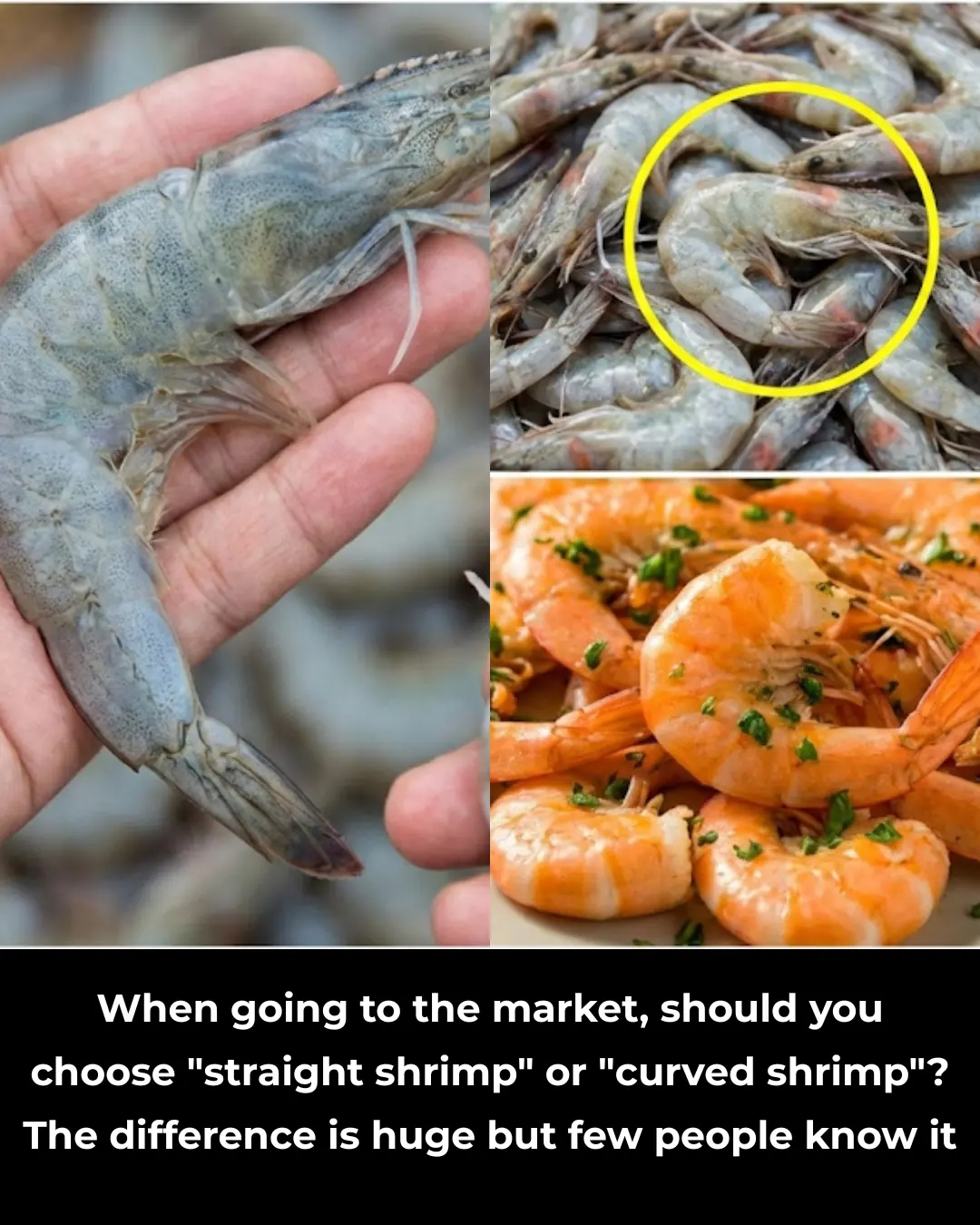
Your Non-Stick Pan Lost Its Coating? Don’t Throw It Away – Here’s How to Use It Like New
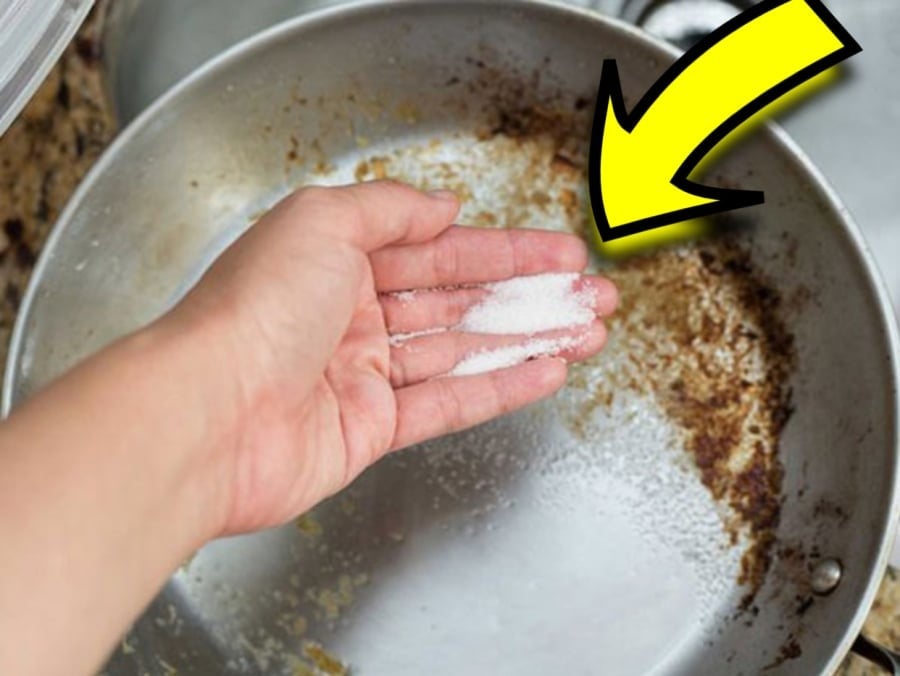
A non-stick pan that has lost its coating can make cooking frustrating. Food sticks, frying becomes messy, and many home cooks immediately think of replacing the pan. But before you toss it, there’s a simple way to keep using your pan safely and effectively.
Modern non-stick cookware is coated with Teflon, also known as polytetrafluoroethylene (PTFE). It was accidentally discovered in 1938 and originally developed for military use. By 1951, Teflon was applied to metal cookware, creating a smooth, wax-like surface that made cleaning easier and cooking more convenient.
Even when the non-stick coating starts to peel, small flakes of Teflon are generally considered harmless and are excreted naturally by the body. However, overheating a damaged pan can release harmful fumes, so proper care is essential.
How to Cook in a Worn Non-Stick Pan
If your pan has lost its coating but you want to continue using it, follow these steps for the best results:
Step 1: Preheat the Pan Properly
Place your pan on the stove and heat it dry. To test the right temperature, sprinkle a small spoon of water into the pan. If the water dances or rolls across the surface, the pan is ready.
Step 2: Add Oil or Fat
Pour in a small amount of cooking oil or fat and wait until it bubbles slightly. This layer of oil will act as a temporary non-stick barrier.
Step 3: Cook Your Food
Add your ingredients, such as eggs, fish, or meat. Make sure foods like fish are completely dry, as moisture can cause hot oil to splatter. Using this method, food will cook without sticking, even in a worn pan.
Additional Tips for Safe and Effective Use
-
Wash the Pan Before First Use
New pans often have residual manufacturing oils. Wash with mild dish soap, rinse thoroughly, then heat with a small amount of cooking oil before wiping clean. This removes residues and neutralizes any factory smell. -
Add Oil Before Heating
Always add oil to the pan before heating, rather than heating an empty pan first. Heating without oil can damage the remaining non-stick surface and release harmful fumes. -
Use Low to Medium Heat
Avoid cooking on high heat, as extreme temperatures can degrade the coating, cause peeling, or release toxic fumes. Low to medium heat protects both the pan and your health. -
Avoid Oven or Broiler Use
Most non-stick pans are not designed for high-heat oven use. Exposing them to oven temperatures accelerates the breakdown of the coating. -
Do Not Add Salt or Soy Sauce Directly to Hot Pan
Adding salt or soy sauce directly to a hot, worn non-stick pan can cause pitting and reduce the pan’s lifespan. Add seasonings to the food, not the pan. -
Limit Cooking Certain Foods
Avoid cooking sticky, sugary, or very acidic foods in a damaged non-stick pan, as these can further damage the surface. -
Consider Oil-Free Alternatives
Some foods, like eggs or bread, can be fried with a thin layer of oil or even without oil if the pan is properly preheated and food is dry.
Why This Works
Even a pan with a worn non-stick coating can perform reasonably well if used correctly. Preheating, adding oil first, and keeping the heat moderate allows a temporary non-stick layer to form and prevents food from sticking. Following these steps can extend the life of your pan for months, if not years.
Final Advice
A damaged non-stick pan doesn’t have to go to the trash immediately. With careful use:
-
Heat at low to medium temperature
-
Use oil or fat for temporary non-stick protection
-
Avoid high-heat cooking, ovens, and harsh seasonings
Following these guidelines ensures food cooks evenly, safely, and deliciously — even in a pan that has lost its original coating.
By taking these precautions, you can save money, reduce waste, and still enjoy stress-free cooking.
News in the same category


Don’t Throw Away Overripe Bananas – The Black-Spotted Ones Are a Nutritional Treasure
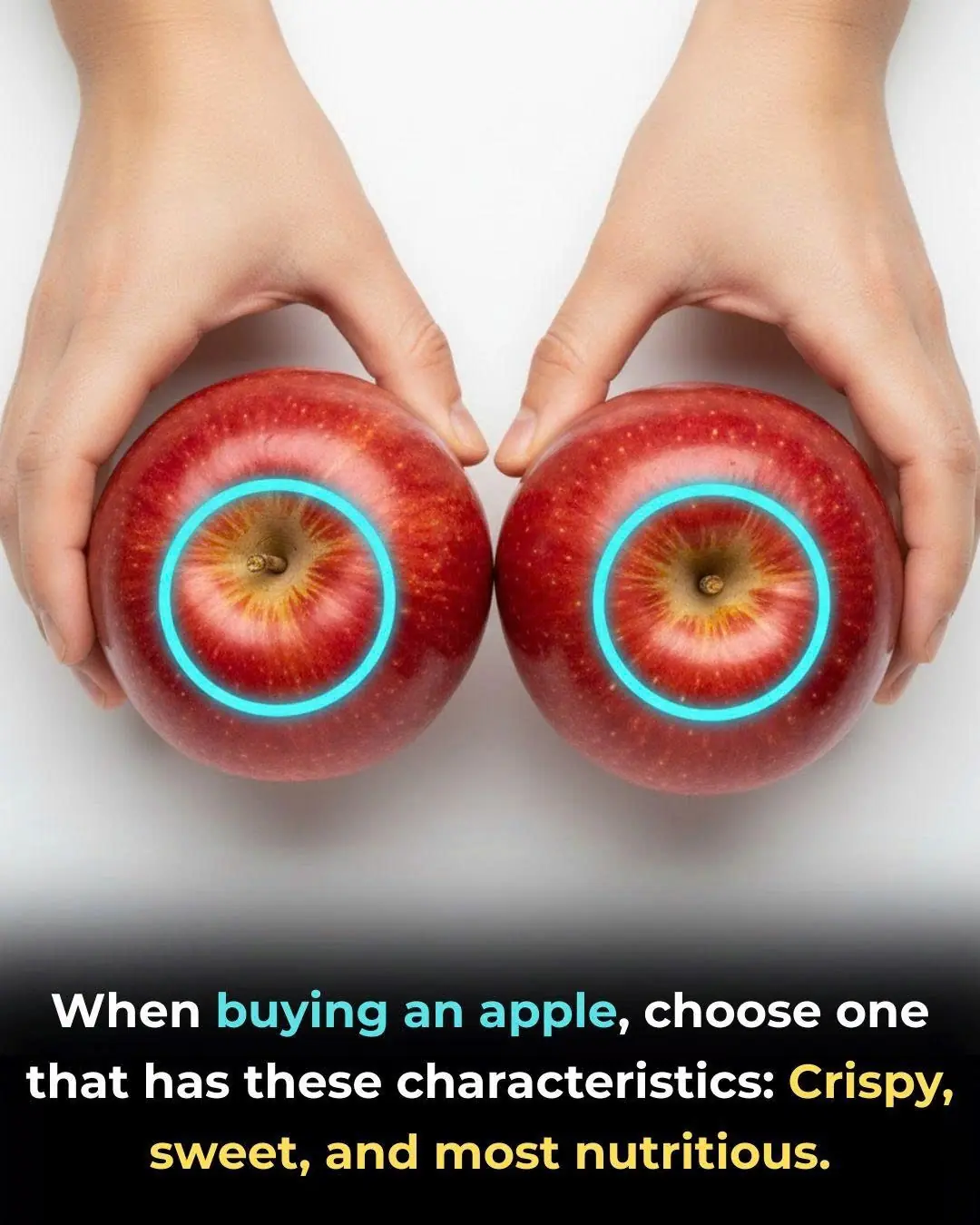
How to Choose the Best Apples: The Crispest, Sweetest, and Most Nutritious Ones (Updated for Nov 11, 2024)

When a married woman is obsessed with another man, she does 9 things.

The Mystery of the Blue Stop Sign

The Simple “Finger Test”

🦻 Hearing Loss: What Really Causes It — And What You Can Do

Why Placing Borax on Wax Paper Under Your Fridge Works: A Full Guide

Lavender Oil and Baking Soda: A Natural DIY Air Freshener Backed by Science (Full SEO Article)
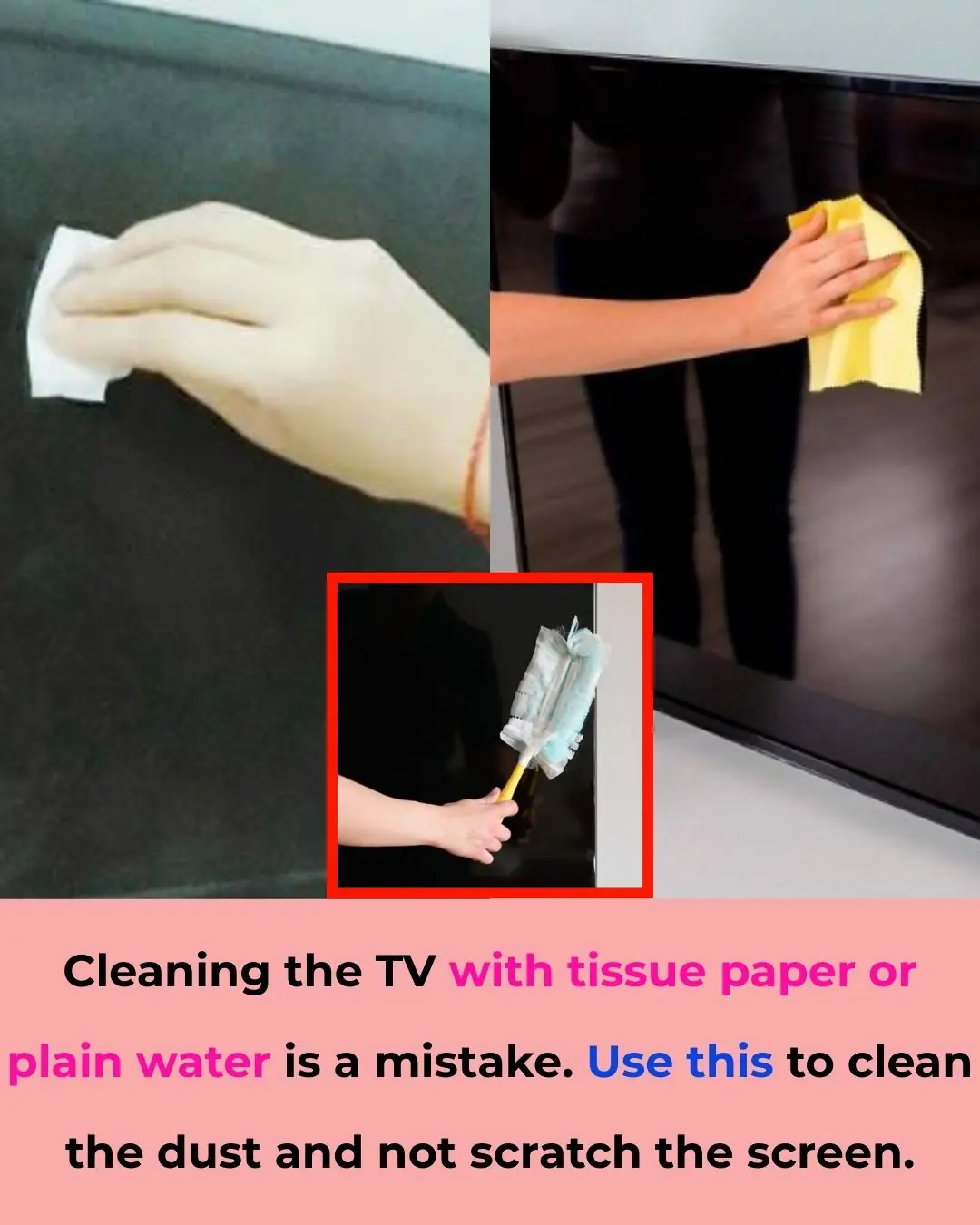
Cleaning the TV with tissue paper or plain water is a mistake. Use this to clean the dust and not scratch the screen
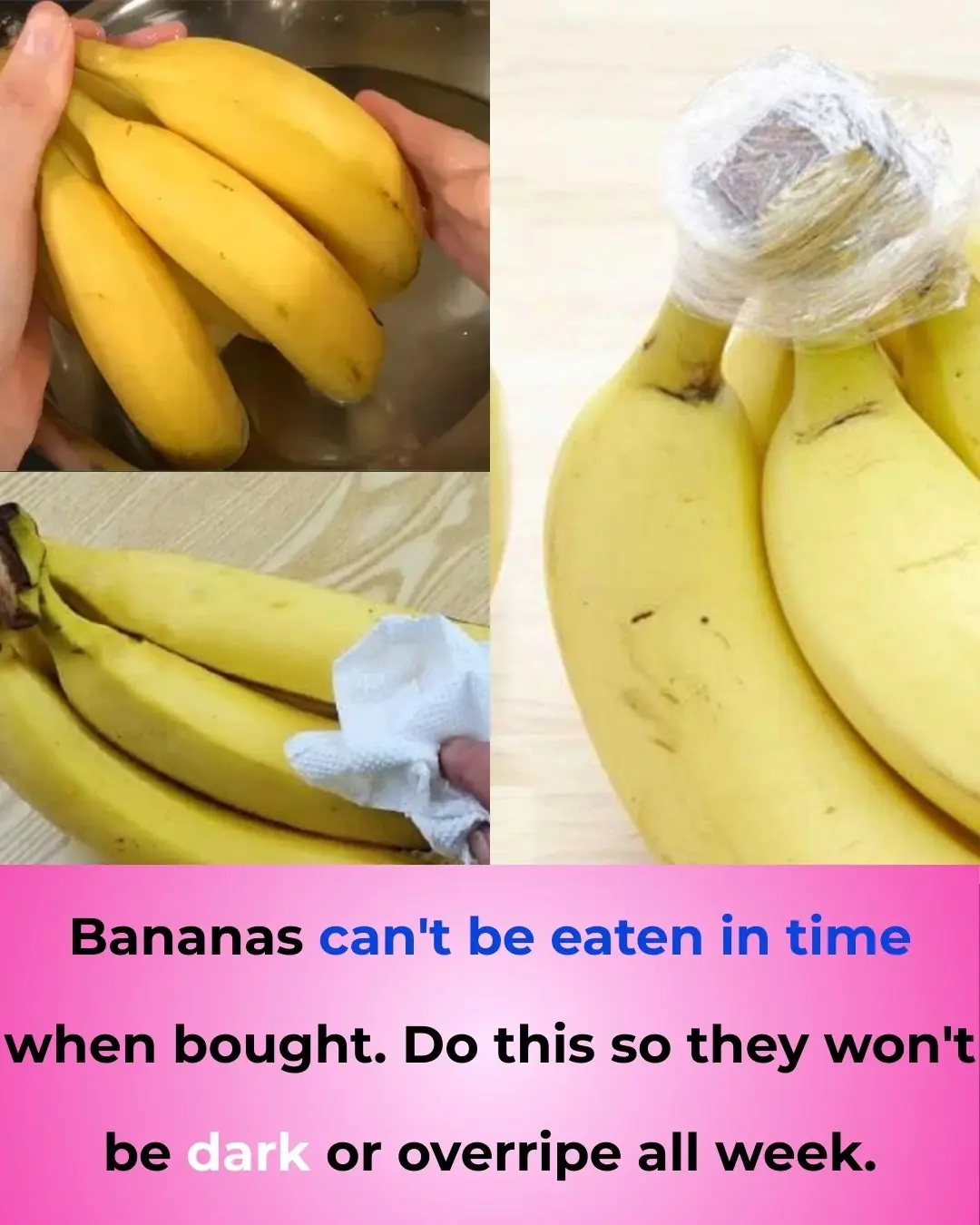
Bananas can't be eaten in time when bought. Do this so they won't be dark or overripe all week

Kettles Build Up Mineral Deposits Over Time — Add This One Ingredient, Boil Once, and It Becomes Spotless Without Scrubbing
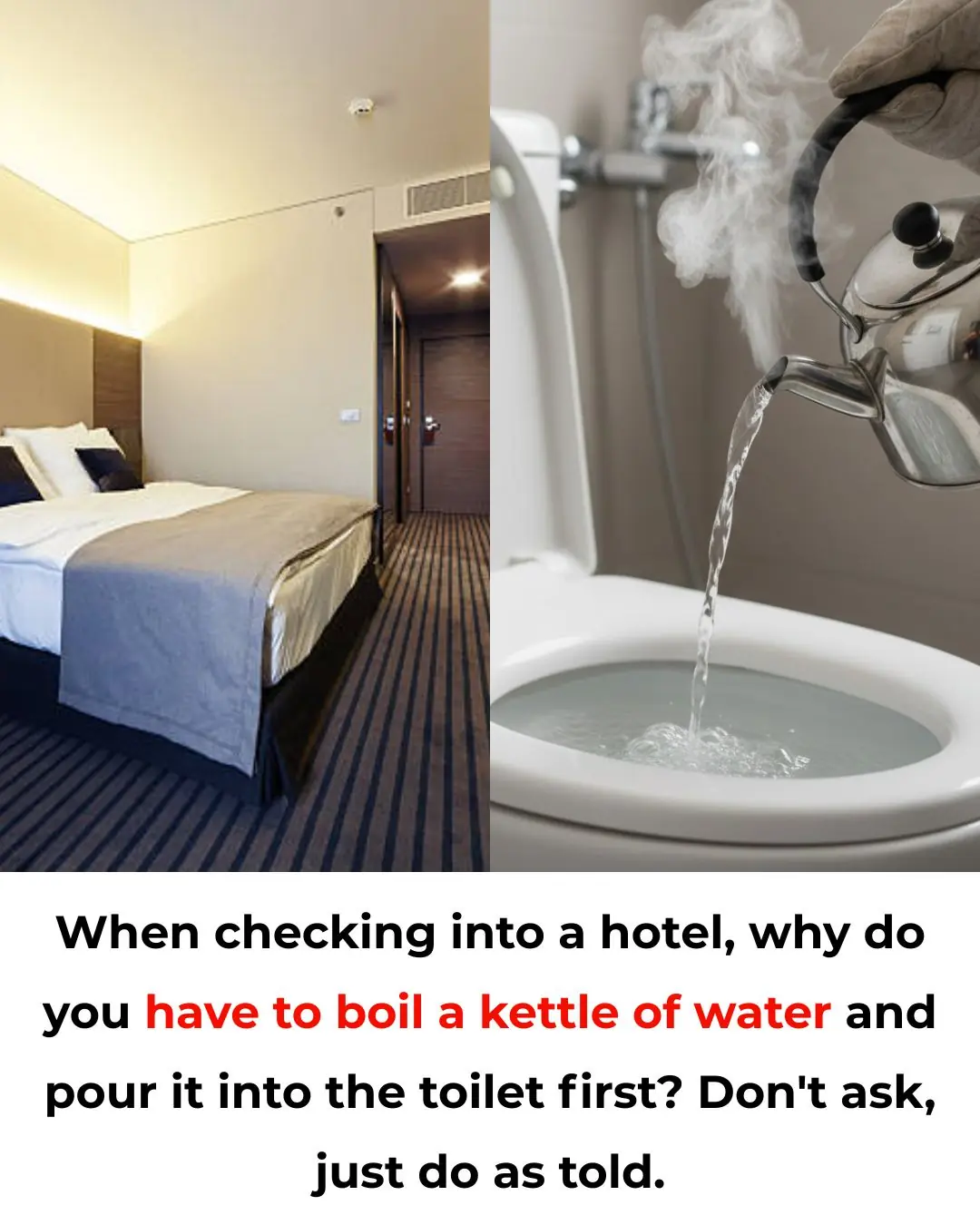
Why Should You Pour a Kettle of Boiling Water Into the Hotel Toilet Right After Checking In? Here’s the Reason You Shouldn’t Ignore
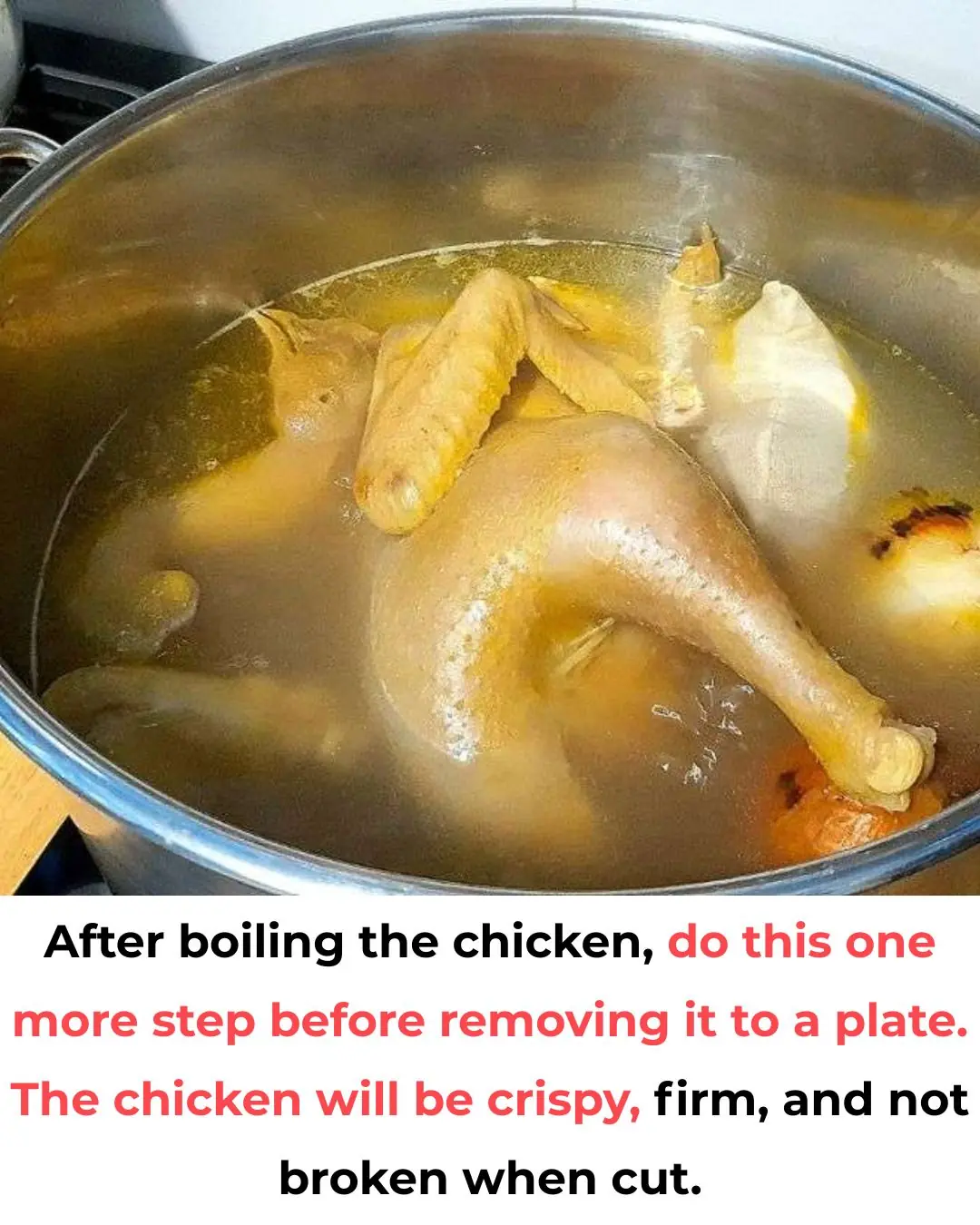
After boiling the chicken, do this one more step before removing it to a plate. The chicken will be crispy, firm, and not broken when cut.
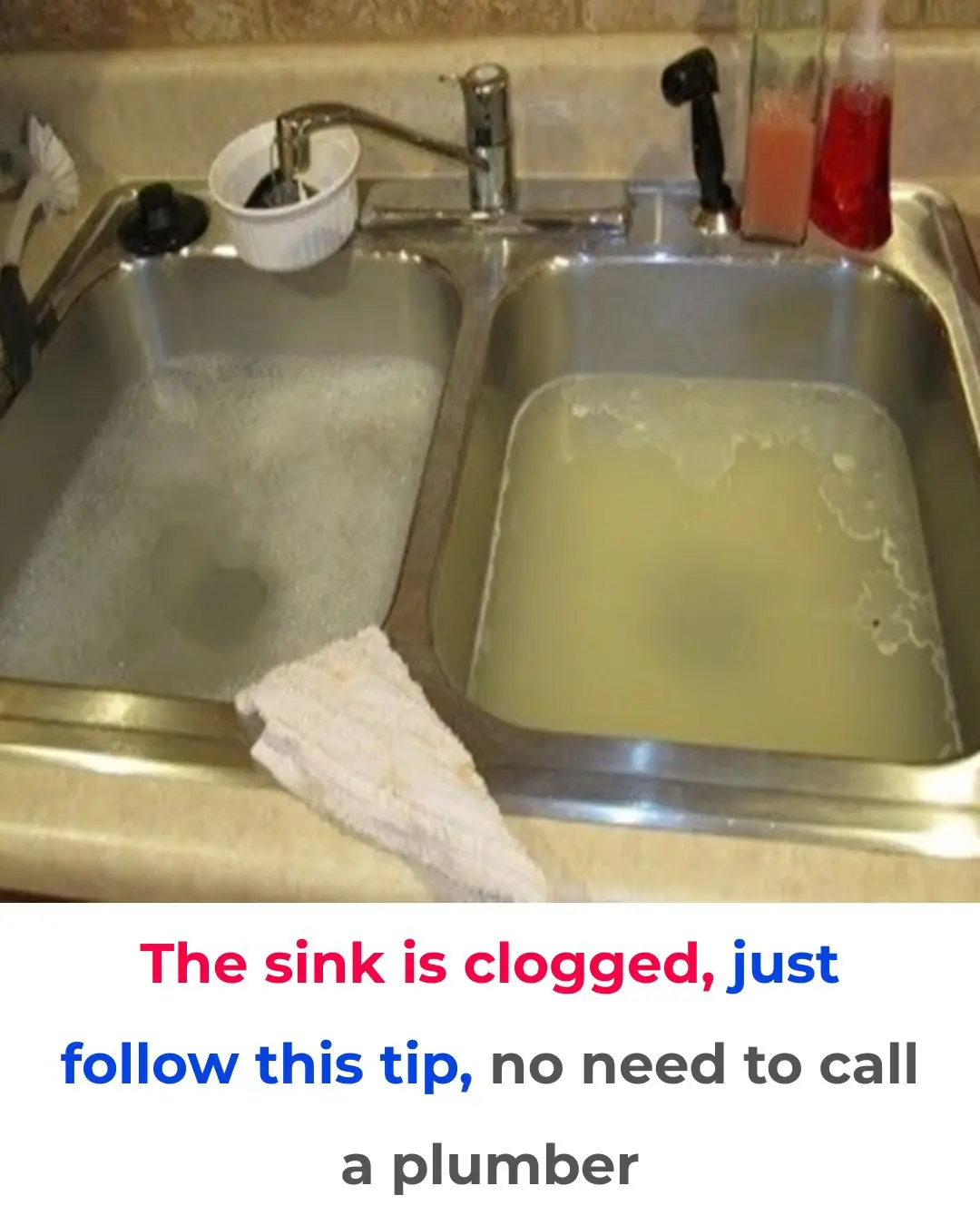
The sink is clogged, just follow this tip, no need to call a plumber

Don't put fresh chili in the refrigerator right away after buying it. How to keep it from spoiling for half a year?
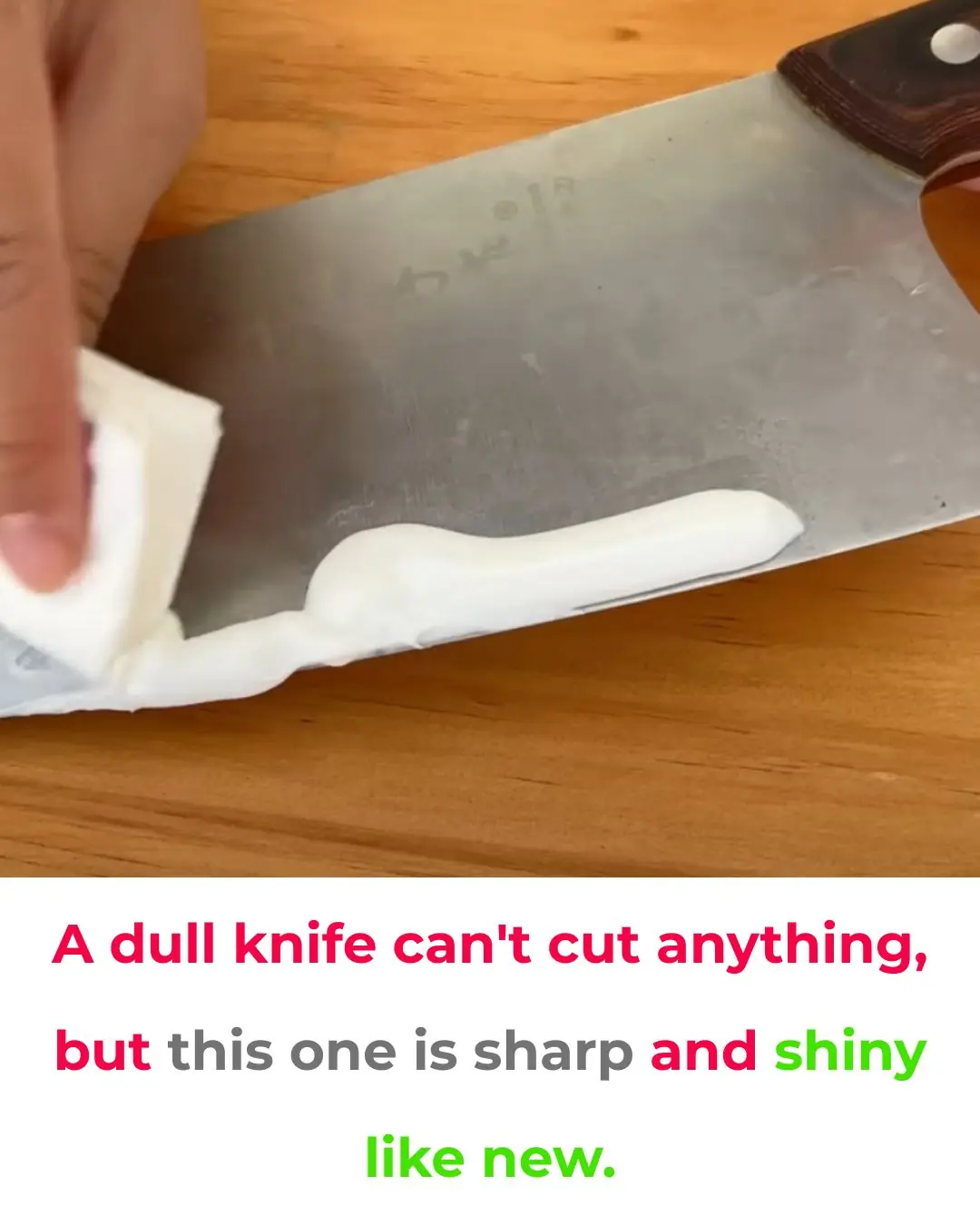
A dull knife can't cut anything, but this one is sharp and shiny like new.
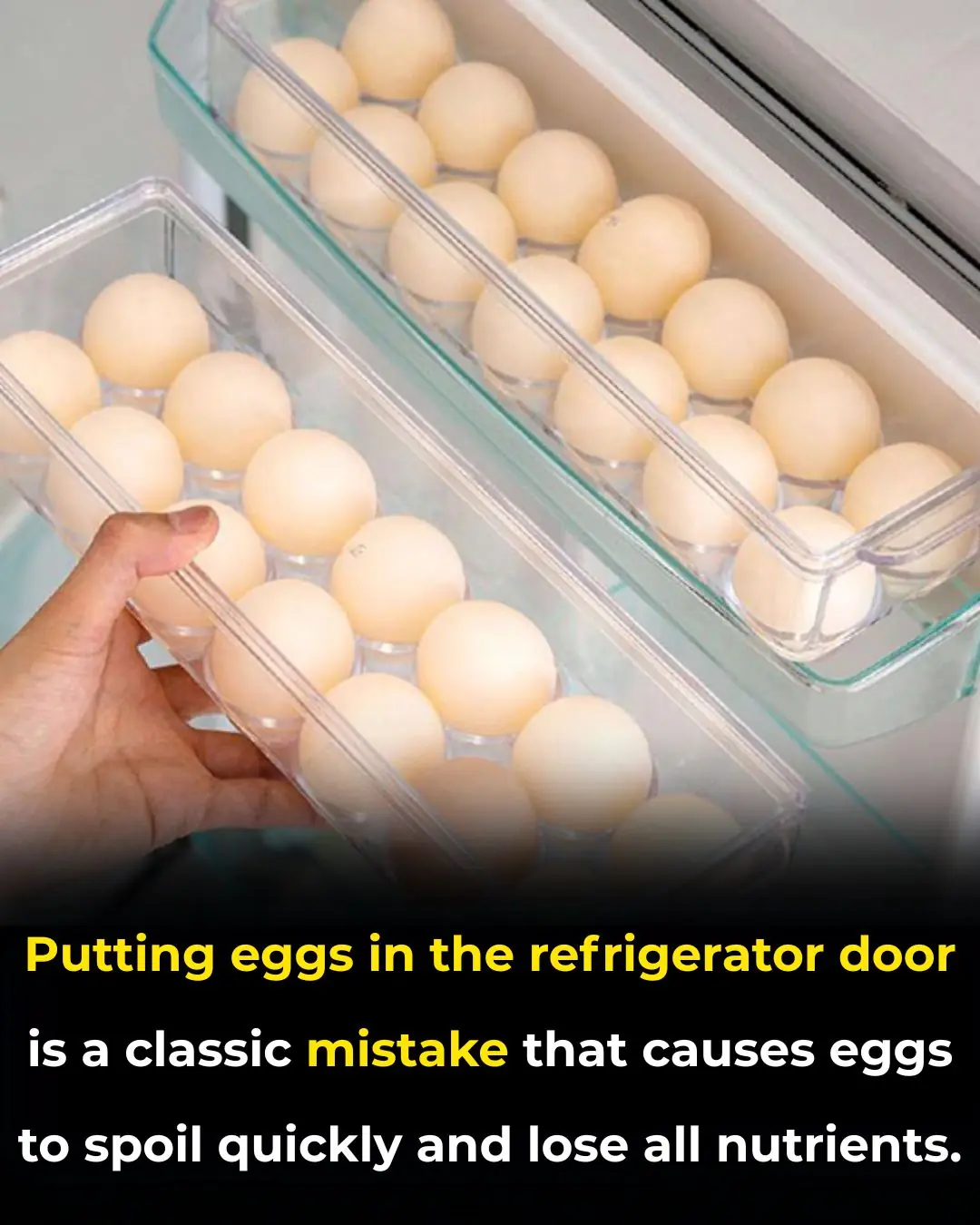
Putting eggs in the refrigerator door is a classic mistake that causes eggs to spoil quickly and lose all nutrients.
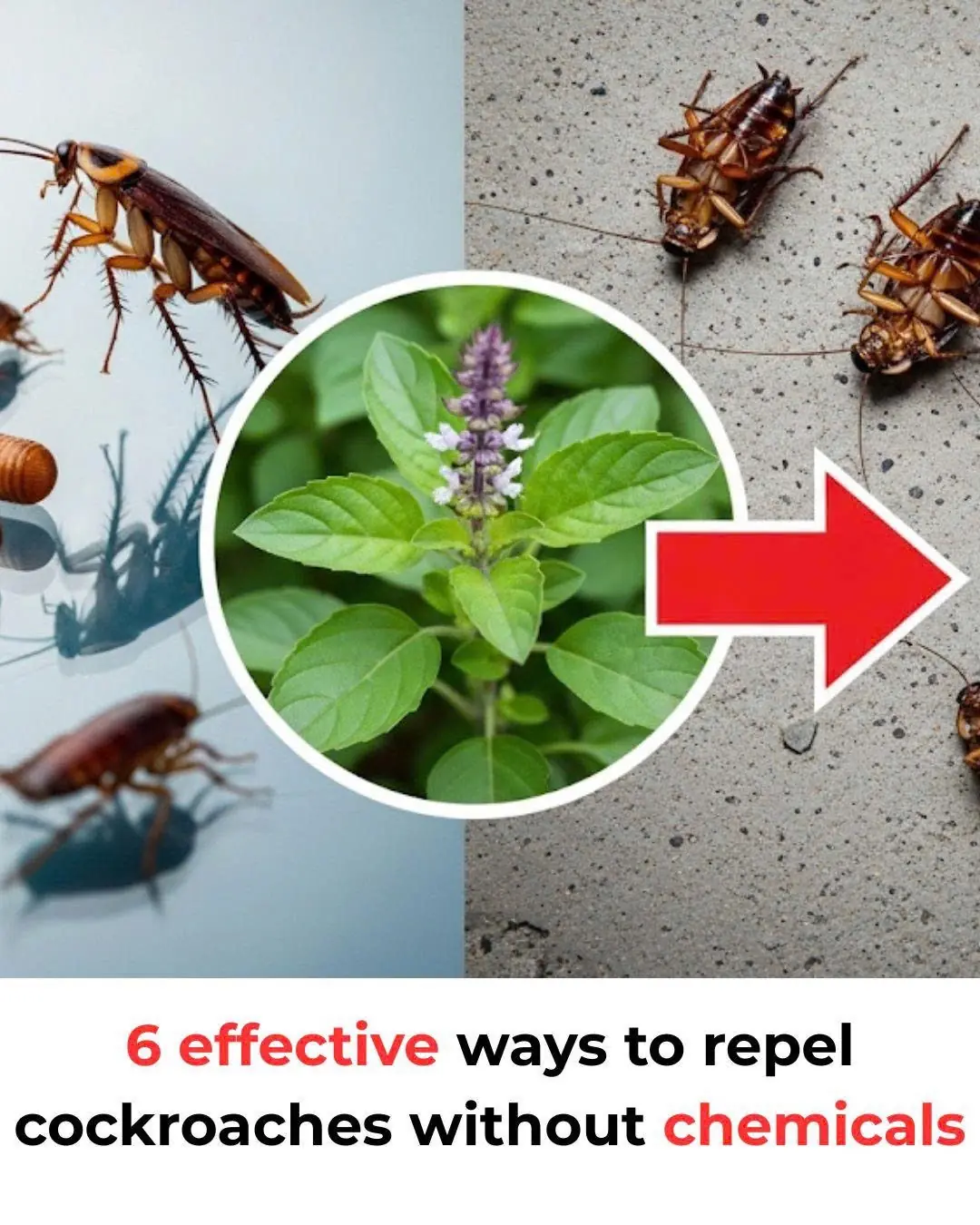
6 effective ways to repel cockroaches without chemicals
News Post
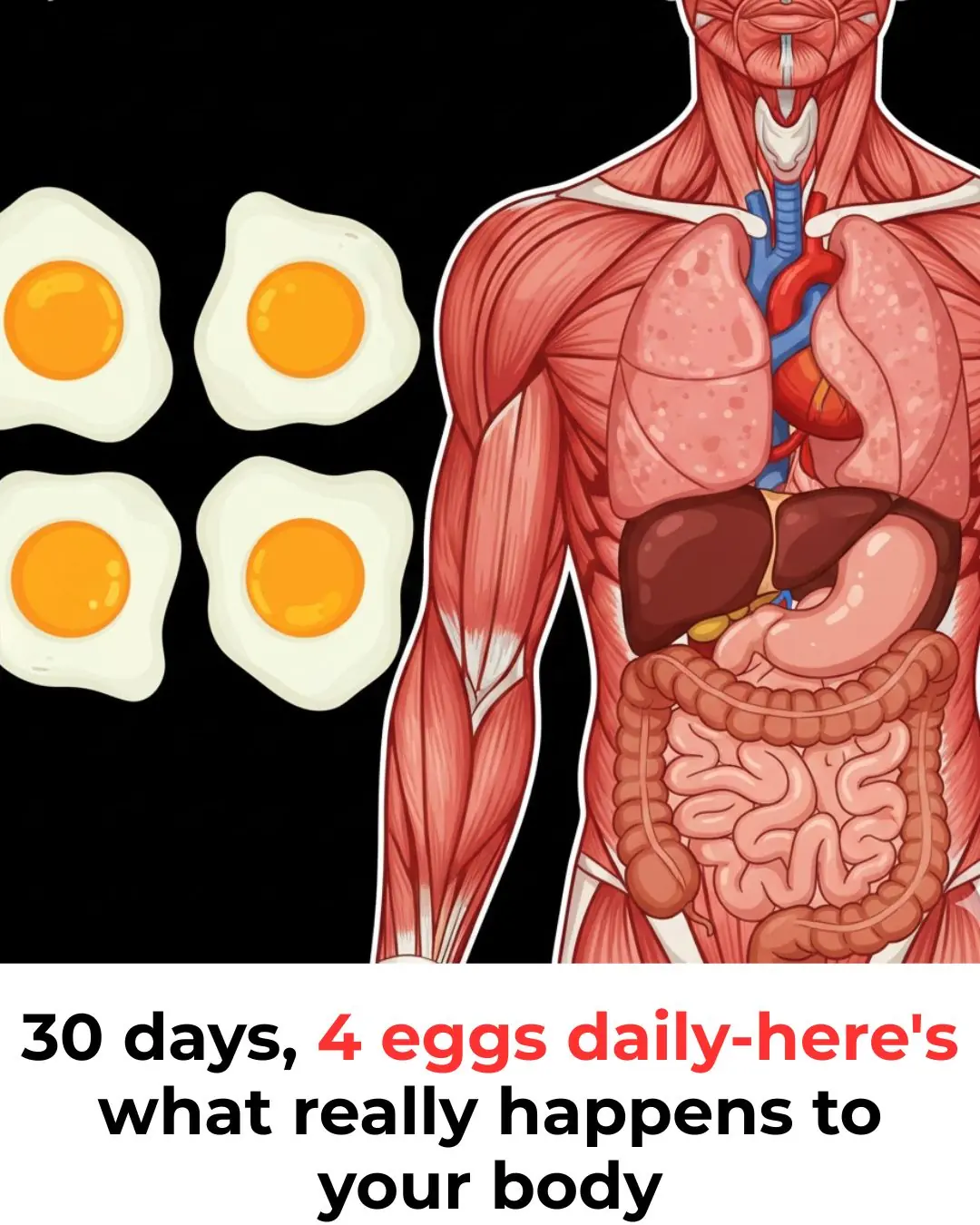
What if you ate 4 eggs a day with the yolks for 30 days?

You’ve Been Taking The Wrong Type of Magnesium All This Time

This Salt, Pepper and Lemon “Miracle-Mix” Can Help Solve 9 Problems
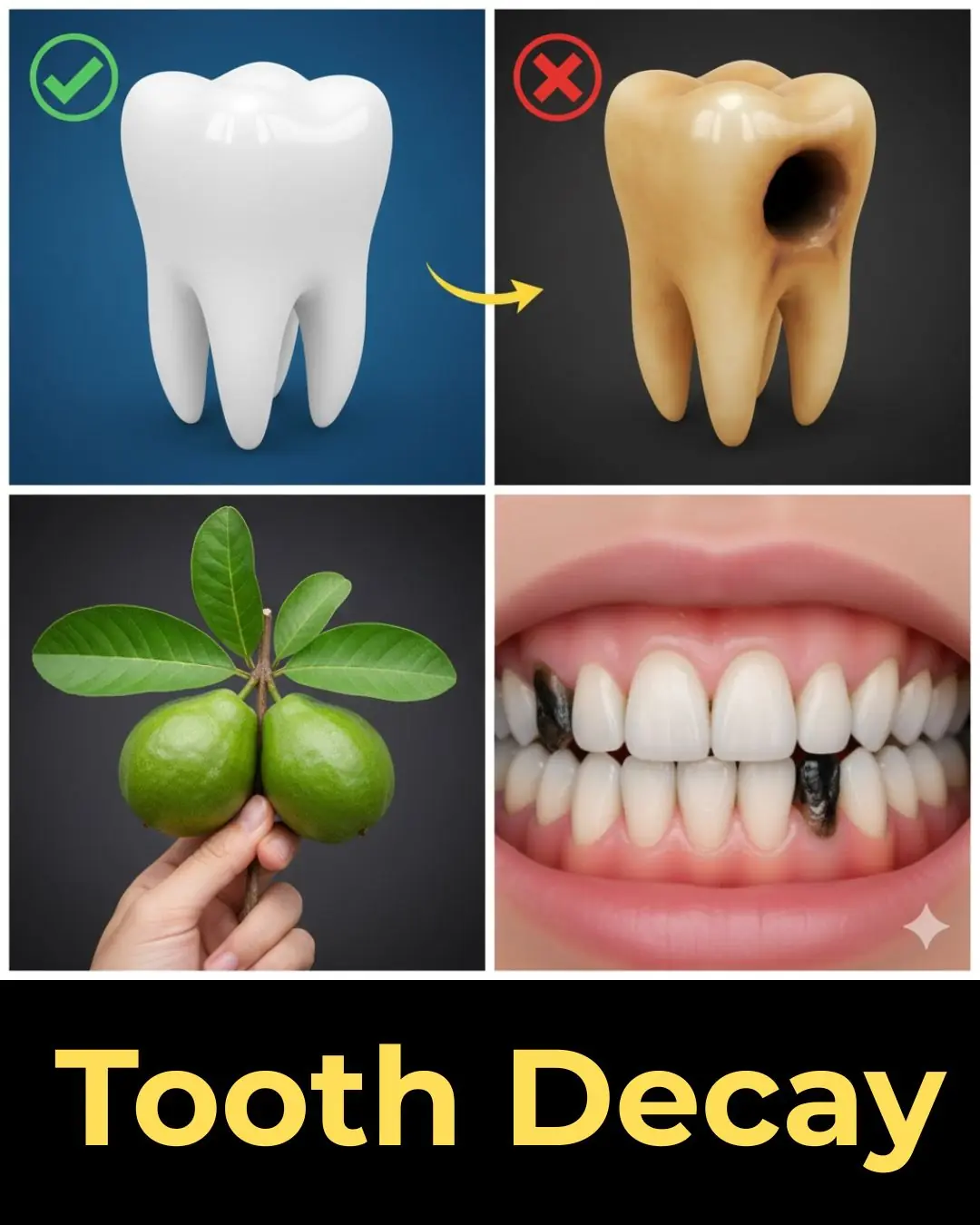
Tooth Decay Repair with Natural Remedies: Can Guava Leaves Help?
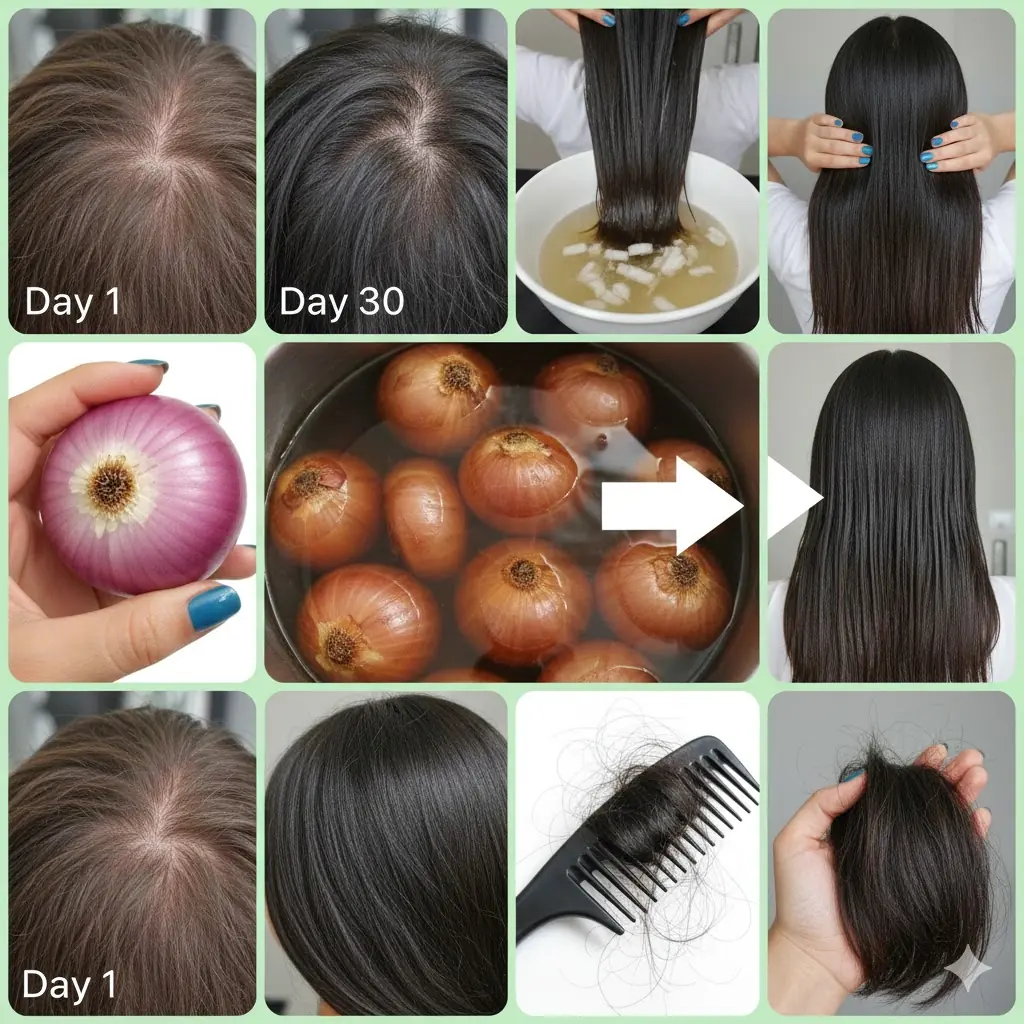
Onion Oil for Hair: The Smelly Secret to Long, Lush Locks

What does it mean to walk with your hands behind your back?

The Hidden Power of Mango Seed
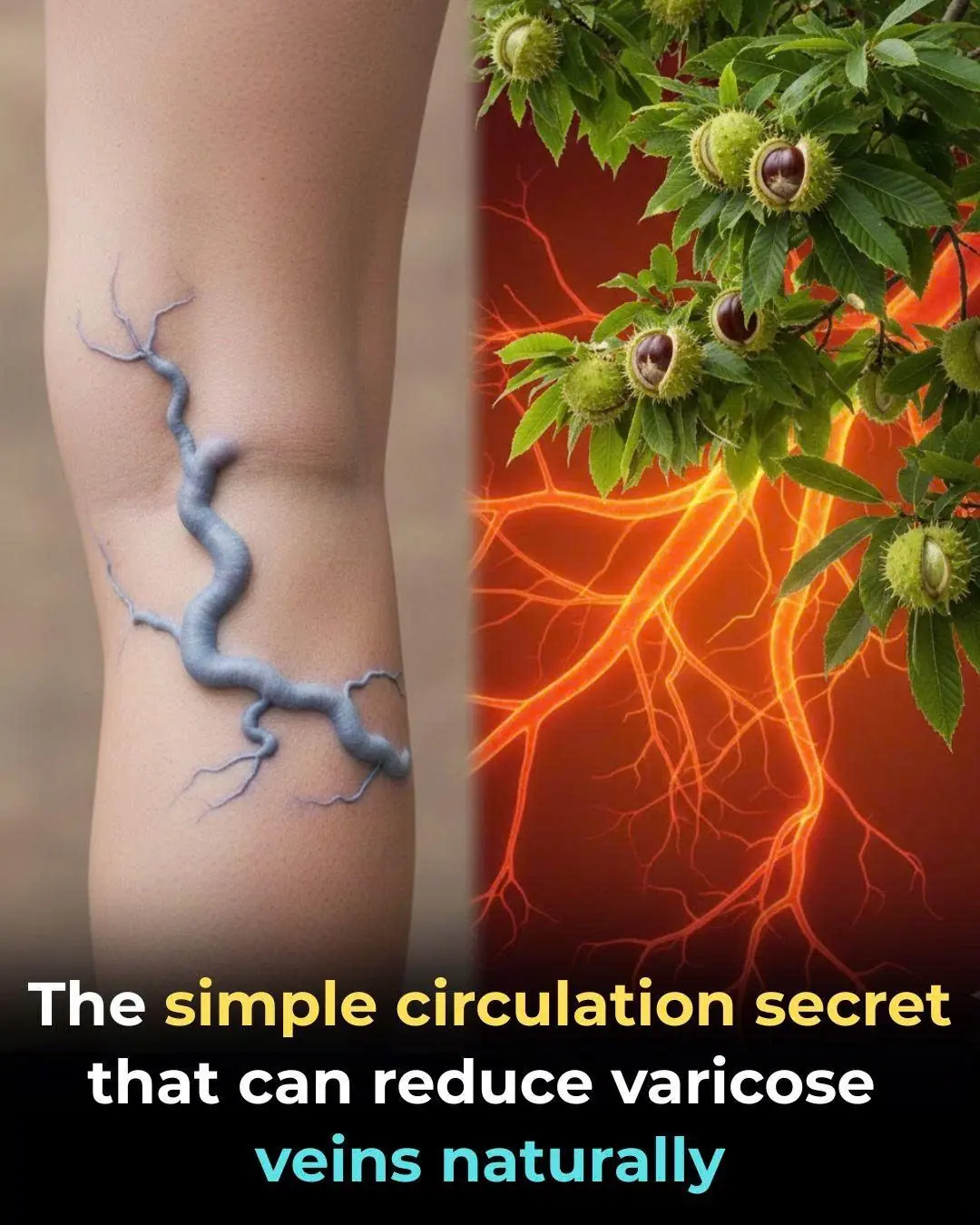
The simple circulation secret that can reduce varicose veins naturally

Doctors Reveal What Really Happens When You Eat Avocado Every Day
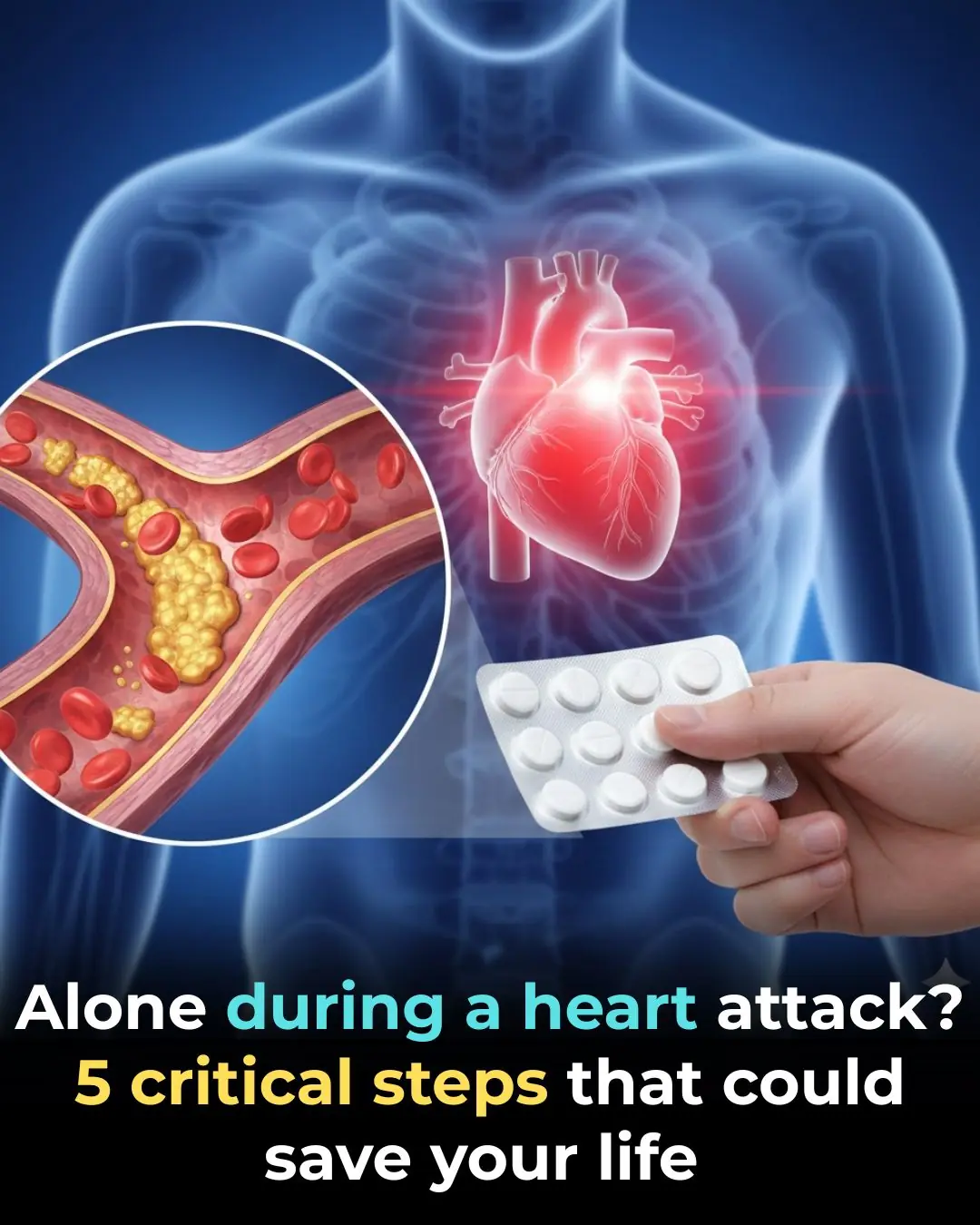
Home Alone During a Heart Attack …5 Critical Steps That Could Save Your Life

Rice Baby Oil Collagen Cream For Wrinkle Free Glowing Skin

When Buying Shrimp: Should You Choose Straight or Curved Ones? The Difference Is Huge but Few People Know

Tiny Wings, Mighty Legacy: How Bees Create Honey and Sustain Life on Earth

Don’t Throw Away Overripe Bananas – The Black-Spotted Ones Are a Nutritional Treasure

Hawaii Is Releasing Mosquitoes From Drones — And It Could Help Save Species From Extinction

Superfetation: The Rare Phenomenon of Becoming Pregnant While Already Pregnant

How to Choose the Best Apples: The Crispest, Sweetest, and Most Nutritious Ones (Updated for Nov 11, 2024)

When a married woman is obsessed with another man, she does 9 things.
